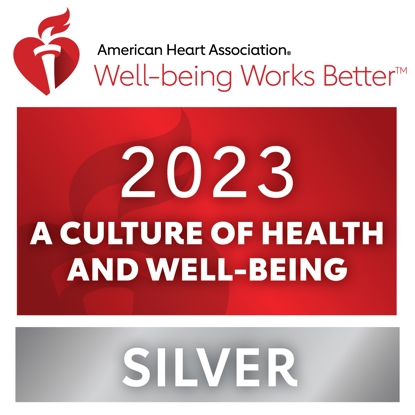What's a good cholesterol number?

Most of the 65 million Americans with high cholesterol don’t have any symptoms of it, according to the National Institutes of Health. That’s concerning, because high cholesterol levels can have a devastating effect on your overall health.
The NIH, and most physicians, recommend that adults age 20 and older have their cholesterol levels checked at least once every five years and, if elevated levels are found, more often. The recommended test, called a lipid panel, will provide levels of total cholesterol, HDL (good), LDL (bad) and triglycerides. The test involves a blood draw, which should be performed after a 9- to 12-hour fast.
Establishing goals
Once you have your lipid profile numbers, it’s time to talk with your healthcare provider about them. The NIH recommends the following (although your provider may set different goals for you):
- Total Cholesterol – Less than 200 mg/dL
- LDL Cholesterol – Less than 100 mg/dL
- HDL Cholesterol – 60 mg/dL and above
The main goal in controlling cholesterol is to lower your LDL levels. Lowering LDL can prevent heart attack and reduce death from heart disease in both men and women. It can slow, stop or even reverse the buildup of plaque in the arteries. Lowering LDL is especially important for those who already have heart disease or have had a heart attack as it has the potential to reduce the risk of another heart attack. If this describes you – be sure to speak with your cardiologist about the goal that’s best for you.
King’s Daughters provides a low-cost way to get your lipids checked – our Low-Cost Blood Profile. The screening costs just $25 and includes total cholesterol, LDL, HDL and triglycerides along blood sugar, complete blood count, iron levels, metabolic indicators and more. Click on EVENTS on our homepage to view upcoming screenings.
NEXT WEEK: What you can do to bring down your LDL.


